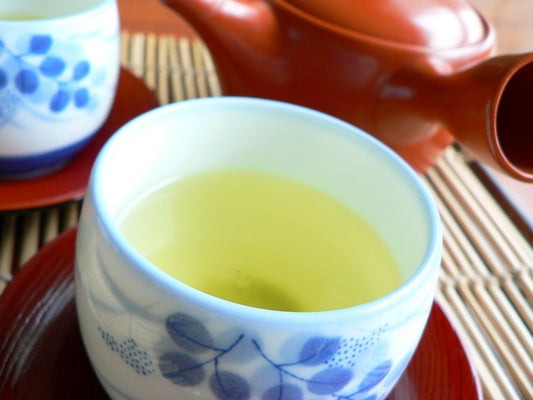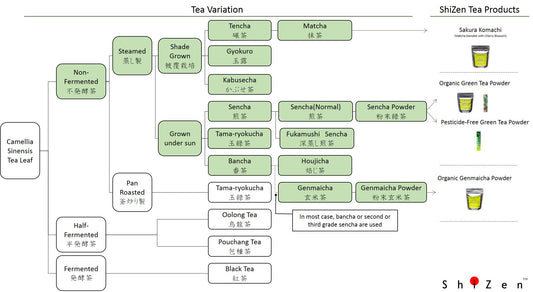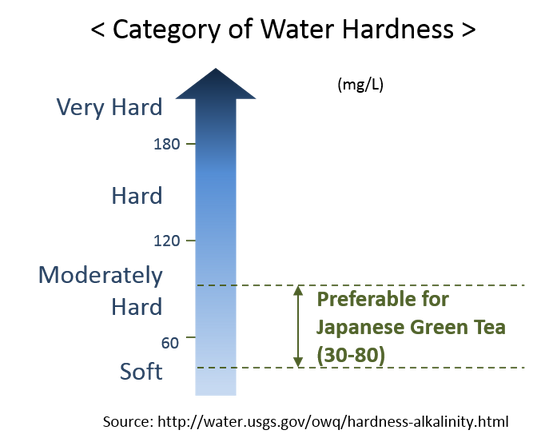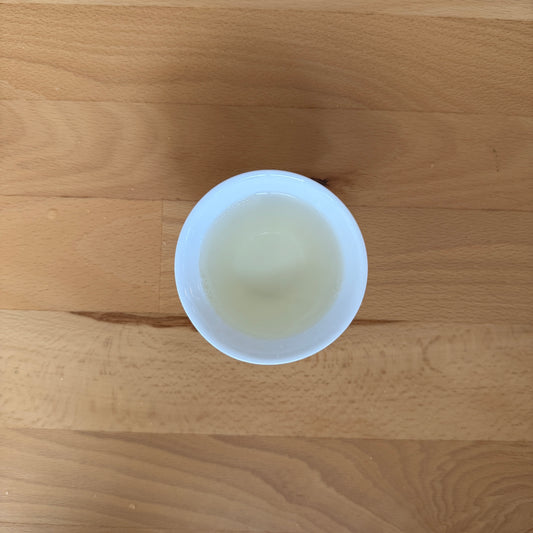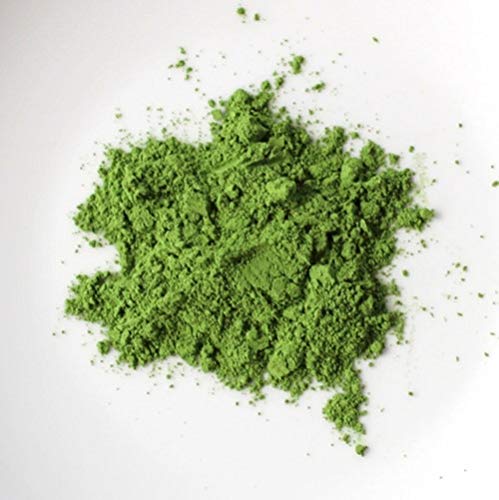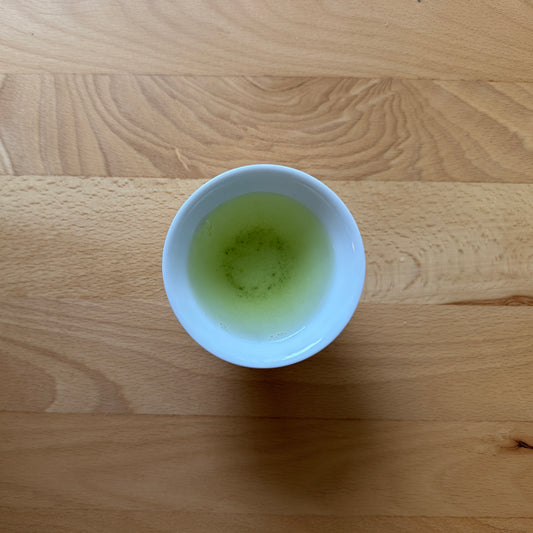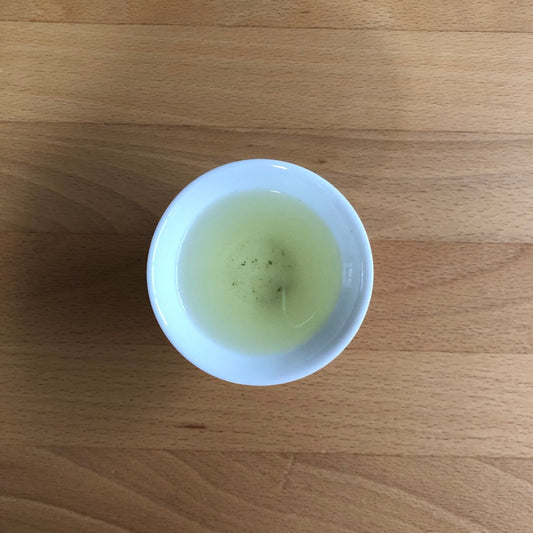Japanese tea differs a lot by its regions. Of course all teas in Japan regardless of the region they all make wonderful teas. Depending on the region the taste and there character will vary so understanding the regions is also a very important factor for understanding Japanese teas.Today I would like to talk about the Shizuoka Prefecture. Shizuoka Prefecture is the largest tea plantation area in Japan, producing 40% of the teas that are made in Japan. It is considered one of the “Big Threes(1.Uji Kyoto, 2.Shizuoka, and 3.Sayama)” in Japan. Kyoto is the place with the longest tea history and Shizuoka would be the next.

Start of Shizuoka Teas
Shizuoka tea started in 1214, when Buddhist Monk, Shouichi Kokushi, came back from China bringing back the seeds of teas. They have planted in the region called the Honyama, also called Ashikubo. So Ashikubo-cha is a famous tea in Japan that is considered the start of Shizuoka Teas.
8 Major Regions
Shizuoka has 8 major tea regions, each having its own character and specialty. We will not go over every region but would like to go over some that I personally think should be remembered at this time.The “Makinohara Area”, this area is considered the largest tea plantation area in Japan. Where ever you go all you see is Teas Teas and Teas!

Thank you for reading!


